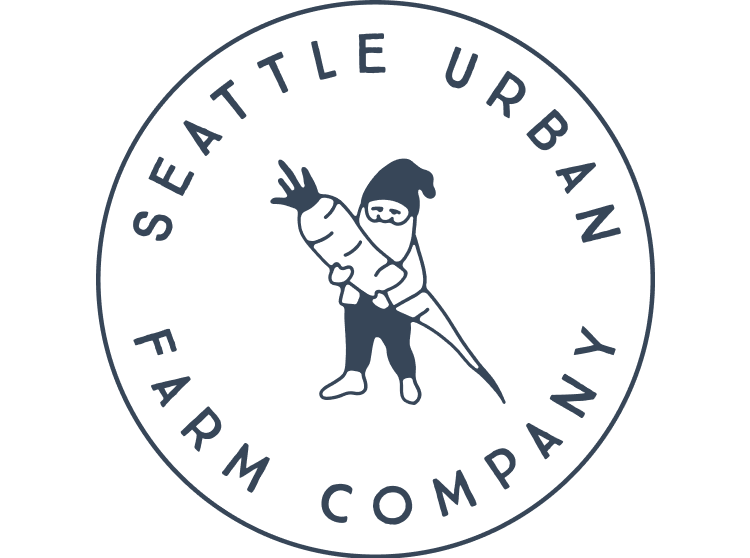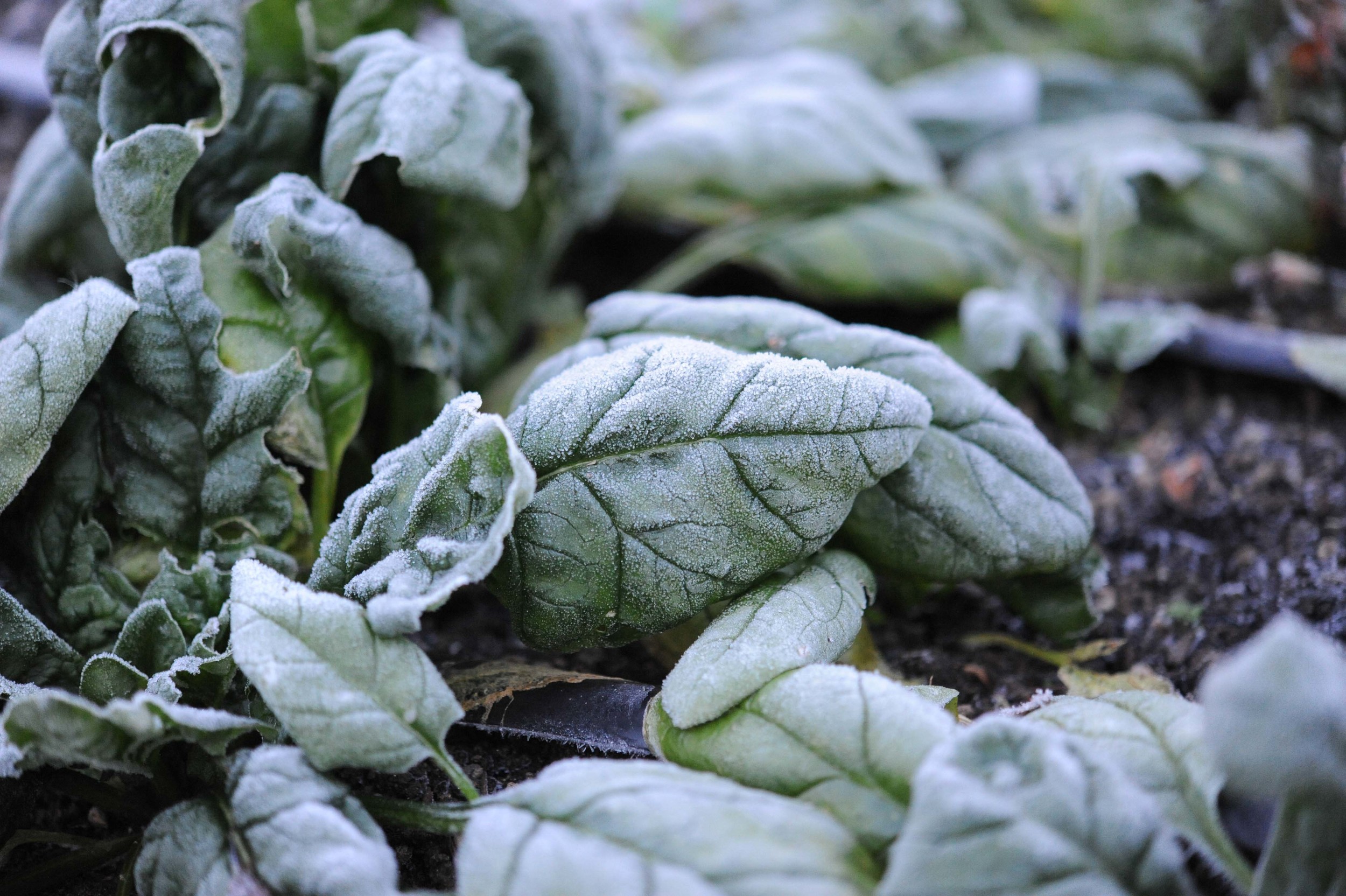We have partnered with our good friend Kelley to help her grow the freshest, local, organic ingredients for her new dog food supplement, Green Juju, at our Woodinville Farm site! Ever since Kelley’s dog, Bailey was diagnosed with cancer Kelley has been on a mission to treat her holistically rather than subject her to amputation, stressful recovery, prescription medications and more toxins.
Read More2014: Year of the Tomato
Cherokee Purple Heirloom Tomato
Photo by: Hilary Dahl
It turned out 2014 was all about tomatoes! Tomatoes seem to be the crop that excites our clients and gardeners all around Seattle the most. While tomatoes are very easy to grow in many parts of the country, our summers tend to be relatively cool and short. While many Seattle transplants are used to eating fresh tomatoes off of the vine all summer long, it isn’t uncommon that we find ourselves harvesting tons of green tomatoes off dying vines at the end of September.
Read MoreHow to Plant Garlic
Garlic is a member of the Allium family, which also includes onions, scallions, shallots and leeks.
Garlic is a very long season crop. Garlic grows best when planted in the fall because it must “vernalize.” When a crop requires vernalization, it means that it will grow best after prolonged exposure to cold temperatures. In the case of garlic, vernalization initiates the bulbing of the head.
Read MoreLast Call For Planting
With the exception of garlic, September is the last month to plant annual edible crops In the Pacific Northwest. Plants need a minimum of 10 hours of daylight to grow and by the end of October the daylight hours have grown too short for crops to mature.
Read MoreKohlrabi for Fall
Kohlrabi is an often-ignored crop in home vegetable gardens, and we think that’s a shame. It’s easy to grow and surprisingly tasty. The roots are high in vitamin C, and the leafy greens are a great source of vitamin A, folate, and calcium.
Read MoreA Quick Note on Fall Spinach
Overwintering this cold-hardy green is easy! For successful overwintering, it is important that you thin your spinach to decrease competition between plants and increase air circulation. Once your spinach has developed 3 sets of leaves, thin seedlings to 4-6” apart. If you end up pulling out lots of healthy looking seedlings and have more room in your garden, transplant them to increase your fall and early spring harvest! You can always pull them out when you need to make room for spring crops.






